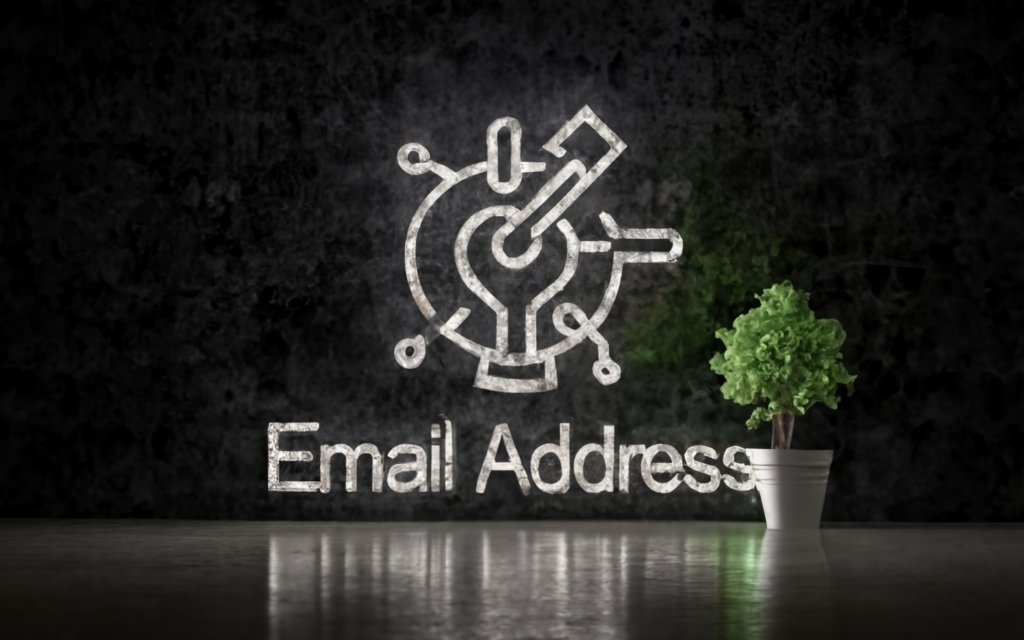Finding your ideal customers’ email addresses used to require endless hours of manual searching and guesswork. Not anymore! This guide reveals smart techniques to mine email addresses from websites, Twitter, LinkedIn, and beyond. Learn how to use email scraping tools to build targeted prospect lists, enable personalized outreach, and integrate results into your sales CRM seamlessly. Stop wasting time and start converting strangers into customers with strategic email harvesting workflows. The complete playbook for unlocking growth with email scraping awaits!
Why You Need to Mine for Email Addresses
In the digital age, email remains one of the most effective channels for connecting with potential customers and driving conversions. But finding the right email addresses to target can be a challenge. That’s why smart marketers are turning to email mining techniques to build robust lead lists and enable highly personalized outreach campaigns.
Build Targeted Lead Lists
Cold outreach campaigns work best when you have targeted, high-quality lead lists to work from. But how do you go about building those lists? Purchasing email lists from third-party vendors can be expensive and low-quality. However, mining for emails yourself allows you to curate customized lead lists relevant to your specific offerings.
By extracting emails directly from industry websites, company directories, social media platforms, and professional networking sites, you can compile lead lists tailored to your ideal customer profile. For example, search for people with relevant job titles on LinkedIn, visit companies in your target market to scrape emails from their team pages, or extract emails from Twitter profiles discussing topics related to your products.
This email harvesting approach ensures the contacts on your list are well-suited for your outreach campaigns. Targeted lead lists translate to higher open rates, response rates, and ultimately sales. In fact, statistics show segmented email campaigns generate 58% higher revenue than non-targeted campaigns. The more relevant your outreach, the better your results.
Enable Direct Outreach
Mined email lists open the door for direct outreach to your prospects. This level of personalized communication simply isn’t possible when you’re limited to social media ads or sponsored content.
With a list of target email addresses, you can craft customized cold emails to engage your prospects and nurture relationships. Start conversations that highlight how your offering solves their pain points and share valuable content to position yourself as a thought leader.
Email outreach also provides metrics you can track like open rate, click rate, and unsubscribe rate. Use this data to iterate on your approach and increase conversions over time. Whether you’re prospecting to fill your sales pipeline or working to book more meetings, email enables the personalized touch that gets results.
Personalize Sales Pitches
Blanket sales pitches sent to generic email lists are easy to ignore and delete. That’s why a segmented approach focused on tailored emails is so much more effective. By researching prospects and extracting their email addresses yourself, you can include personalized details in your outreach for a relevant, natural introduction.
When reaching out to prospects, include specific things that show you understand their role, company, industry, or interests. For example, you could say:
- “As a Social Media Manager at [Company X], you likely handle a high volume of community engagement…”
- “Given your focus on sustainable manufacturing at [Company Y], I think you’d be interested in our LEED-certified facility processes…”
- “I noticed on Twitter that you’re involved with [relevant association]. We work closely with them and other partners in your field…”
These personalized touches catch your prospect’s attention immediately and make them more receptive to your outreach. Data shows personalized emails deliver six times higher transaction rates compared to generic pitches.
Keep Marketing Costs Low
Paid advertising campaigns on social platforms can be incredibly expensive, especially when trying to target specific demographics and interests. In contrast, email mining is extremely cost-effective and scalable.
The only resource you need to mine for email addresses is some dedicated time and effort. Once you have email harvesting and outreach processes established, your lead generation and sales pipelines will start flowing.
Compare spending thousands per month on paid ads to generate a limited number of lower-quality leads versus allocating a few hours of work to compile targeted, sales-ready prospects through email mining. For bootstrapped startups and budget-conscious businesses, it’s an easy choice.
In summary, email mining should absolutely be part of your overall lead generation strategy. The ability to target and personalize your outreach is invaluable for capturing your prospects’ attention and driving real business growth. Establish efficient email harvesting workflows now to keep your pipelines full and your marketing costs under control.
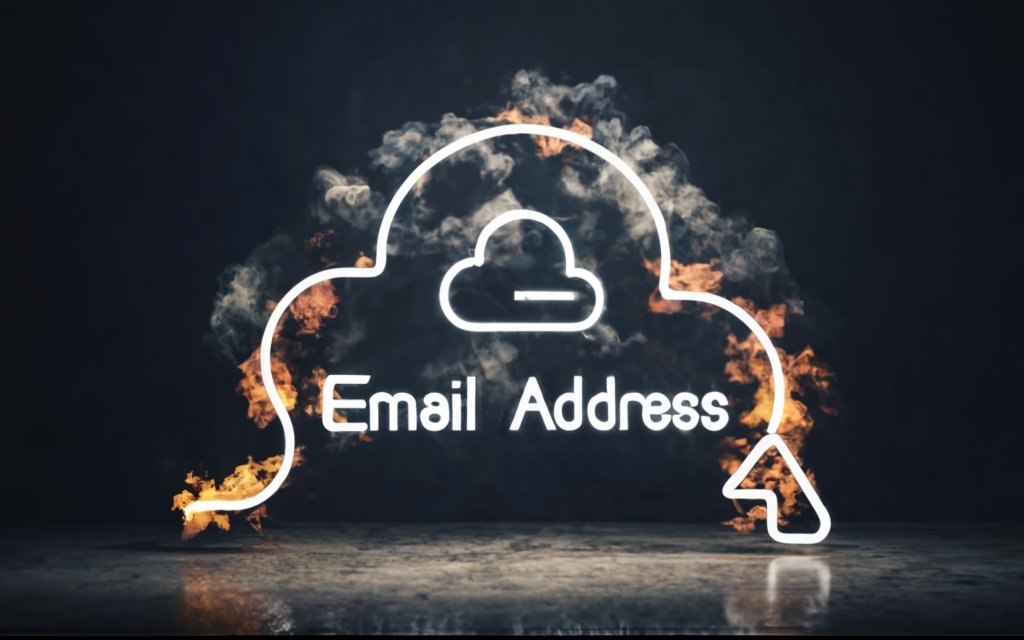
Getting Email Addresses from Websites
Websites are a goldmine for harvesting professional email addresses – you just need to know where to look. Here are smart techniques to identify website owners, guess email formats, and leverage email scraping tools to build targeted lead lists.
Identifying Website Owners
The first step is figuring out who to target at a company website. Look for “About Us” or “Team” pages that list out employees. Company contact pages often include names and email formats too.
Focus on finding names of key decision makers in roles you want to connect with – Executive, Sales, Marketing, IT, etc. LinkedIn is also useful for identifying employees and their positions.
You can use a site’s blog authors as another avenue to find names and contact pages. PR contacts listed in press releases are great targets too.
Using Email Format Guessing
Once you have names, the next step is guessing that person’s email format. Look for email addresses already listed on the site for patterns.
Common formats include:
You can also try permutations like:
- firstname@
- lastname@
- f.lastname@
- firstinitiallastname@
Then complete the format with the website domain name. Test various combinations to identify real email addresses.
Leveraging Email Extraction Tools
Manually scraping emails from websites is time-consuming. That’s where email harvesting tools come in handy.
Email Scraper Browser Extensions
Scraper extensions like Email Extractor](https://chrome.google.com/webstore/detail/email-extractor/jdianbbpnakhcmfkcckaboohfgnngfcc?hl=en) and [Email Hunter make it easy. Just install, visit a website, and click the extension icon to pull email addresses from the site automatically. Results can be copied, exported, or integrated with your CRM. It’s a huge time-saver versus manual email scraping.
Website Email Harvesting Software
For more power and automation, website email scraping software is the way to go. Solutions like Voila Norbert allow you to feed in a list of website URLs and extract all associated email addresses quickly in bulk.
These tools scrape pages recursively to find emails across entire sites. You can filter and deduplicate the output before exporting or integrating with your existing workflows. Pricing is based on how many credits you need per month.
For example, 50 credits which can extract approximately 1,000 business emails starts around $49/month. That scales up from there based on your needs.
The key with website email extraction tools is looking for options that offer high accuracy email verification to avoid wasting time with bad or invalid emails. Overall though, these software solutions save tons of manual effort mining emails from websites.
In summary, take advantage of website teams pages, About Us, press releases, blogs, and contact pages to identify customer prospects inside target companies. Guess email formats based on patterns or use email scraping tools to surface addresses quickly in bulk. Combine email mining with personalized outreach and watch your conversion rates grow.
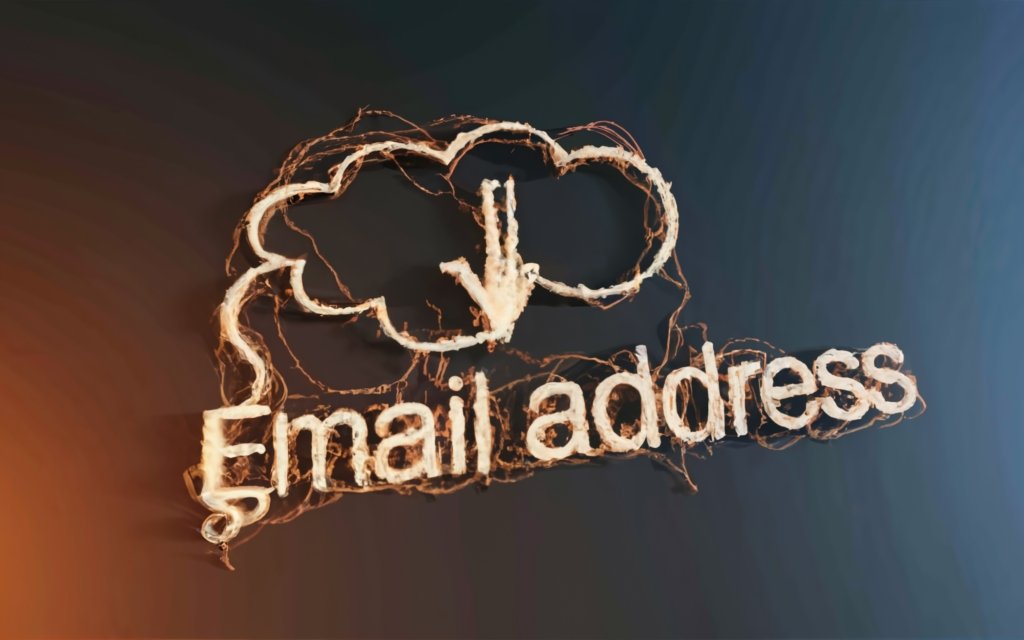
Extracting Emails from Twitter Profiles
With over 300 million monthly active users, Twitter is a goldmine for finding professional email addresses – if you know where to look. Master these email mining tactics to build targeted Twitter lead lists.
Twitter Email Search Operators
The best way to manually search for emails on Twitter is by using advanced search operators. Here are helpful syntax options:
- “email” – Finds tweets with the word email
- “@” – Locates @username mentions
- “mail” – Tweets containing the word mail
- “.com” – Identifies potential company email domains
You can chain these together, for example:
- email OR “contact me” OR “get in touch”
- @johnsmith email OR @johnsmith “contact me”
This surfaces tweets where users have publicly shared their email addresses or requested contact.
Twitter Email Extraction Tools
Scouring Twitter manually for emails is tedious. Email scraping tools make the process fast and efficient.
Twitter Email Scraper Extensions
Scraper browser extensions like Email Extractor for Twitter work well for individual Twitter profiles. Install the extension, visit a target Twitter profile, click the extension icon, and it will automatically extract any listed email addresses.
However, this method doesn’t scale well if you want to extract emails from thousands of Twitter profiles.
Twitter Email Finder Software
For bulk Twitter email scraping, software solutions are the best choice. Tools like Twitimer allow you to input any Twitter username and will search across their tweets and bio to find associated email addresses.
You can upload CSVs with hundreds or thousands of Twitter usernames to extract emails in bulk. For best results, focus on more professional Twitter accounts – avoid consumer personal accounts unlikely to have business emails listed.
These tools scrub each profile for keywords like “email”, “contact”, email formats, and domains. Results get automatically verified for deliverability. Expect to pay a monthly fee based on your search volume needs.
For example, 250 credits which can extract approximately 1,000 business emails starts around $33/month. More advanced plans are available.
Pro Tip: Verify Email Accuracy
When extracting emails from Twitter, prioritize tools that verify email accuracy before exporting results. This saves you from wasting time pitching invalid email addresses.
Quality software validates elements like email syntax, domain validity, mailbox existence, role or department, and spam rating. The more verification checks, the better.
Start Tweeting Those Prospects
In summary, tap into Twitter’s highly engaged user base to uncover quality prospects. Use advanced search syntax to manually uncover emails or use automated tools for mass extraction. Combine verified email lists with personalized Twitter outreach at scale.
With 350 million tweets sent per day, chances are your ideal prospects are out there. Go mine Twitter to find them, engage in conversations, and convert new business.
Scraping Email Addresses from LinkedIn
With over 722 million members, LinkedIn is a marketer’s dream for finding and connecting with professionals. Here’s how to leverage LinkedIn to scrape quality business email addresses.
Finding LinkedIn Emails Manually
The easiest way to find emails on LinkedIn is to look for them in user profiles. Some members publicly list their business email in the Contact Info section.
You can also look for emails in the Experience section. People often write “Contact me at [email]” when describing their work history.
Searching by keywords like “email” or “contact” along with a company name also works. For common names, add location filters to narrow it down.
With some manual searching, you can find dozens of email addresses. But this approach doesn’t scale well.
Using LinkedIn Email Scraper Tools
For bulk email scraping, you need automation tools. LinkedIn email extractors surf thousands of profiles to surface addresses exponentially faster versus manual searching.
LinkedIn Email Extractor Extensions
Extensions like Email Finder work great when visiting individual LinkedIn profiles. Install, visit a profile, click the extension, and it finds any listed emails.
However, this method isn’t efficient for mass email harvesting. You still have to manually navigate each profile.
Automated LinkedIn Email Scraping Software
For heavy-duty email extraction, software solutions like Skrapp are the best approach. These tools allow uploading CSVs with thousands of LinkedIn profile URLs. The software visits each profile and extracts all available email addresses.
You can filter results to people with job titles or companies you specify for ultra-targeted lead lists. For privacy, tools only scrape publicly visible profile sections.
These automated solutions integrate with your email and CRM workflows seamlessly. Mass email verification is included to remove invalid addresses pre-export.
Expect to pay a monthly fee based on your search volume needs. Basic plans start around $49/month for 1,000 credits which can extract approximately 5,000 emails. Scalable options are available.
Pro Tip: Use a Sales Navigator Subscription
To maximize your email scraping results, use a LinkedIn Sales Navigator subscription. This provides more profile data visibility which tools can extract from versus a free basic account.
Start Connecting on LinkedIn
In summary, LinkedIn is a hotbed of professional email addresses ready for extraction, whether manually or using automation. Combine email mining with personalized LinkedIn connection requests and InMail messages to convert new business.
As the world’s largest professional networking platform, LinkedIn offers no shortage of prospects. Unlock its potential today with an email scraping strategy tailored to your goals.
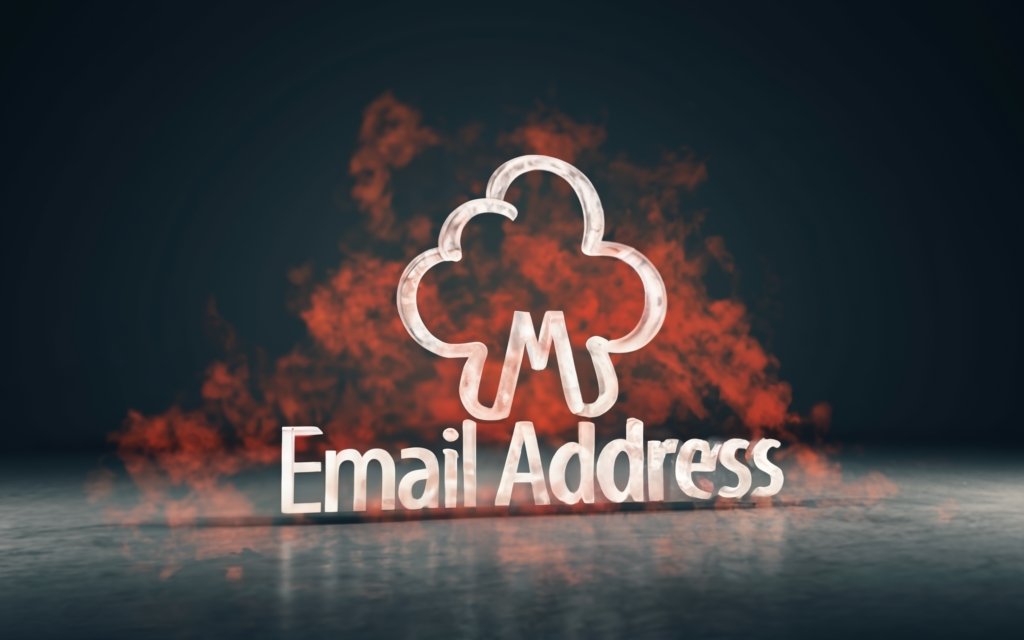
Verifying Accuracy of Scraped Email Addresses
When extracting emails in bulk, expect some percentage to be invalid or inaccurate. That’s why it’s critical to verify email address accuracy before importing into your CRM and outreach campaigns.
Checking Email Validity
The first step is technically validating email syntax and deliverability. Solutions like ZeroBounce can validate thousands of scraped emails quickly.
It checks elements like:
- Correct address syntax – [email protected]
- Valid domain with resolvable MX records
- No typos in the name or domain
- Mail server accepts the address existence
This removes commonly scrapped items like info@ or sales@ that are not deliverable addresses.
Detecting Role or Department
Many scraped emails won’t have names—just generic aliases like [email protected].
Tools like Clearbit allow you to enrich these with employee names and departments. Simply enter the domain and it finds associated people and their roles.
This enables personalizing your outreach in your initial emails like “Dear [First Name] in [Department]…”
Confirming Domain Authenticity
Another verification step is confirming the domain matches the company name. Scraped results can sometimes include domains from competitors or acquisitions.
Tools like Kickbox compare the domain to the company name and highlight any mismatches so you can remove those emails. This prevents any potentially embarrassing outreach mistakes.
You can also research the domain registration details to verify age and country location.
Pro Tip: Re-Verify Periodically
Run scraped email lists through verification checks periodically because employee roles and email addresses change over time. Re-verifying every few months ensures your records stay fresh and accurate.
Don’t Waste Time Pitching Bounced Emails
In summary, email verification is a mandatory step before importing scraped addresses into your CRM and campaigns. Validating accuracy upfront prevents wasted effort pitching invalid inboxes.
Use a multi-layer verification approach checking elements like syntax, server acceptance, roles, and domain authenticity. Your sales team will thank you when each prospect pitch lands successfully in the intended recipient’s inbox.
Following Best Practices for Email Scraping
Effective email scraping strikes a balance between generating quality leads and respecting prospects’ inboxes. Follow these guidelines to scrape responsibly.
Respecting Privacy and Terms of Service
When extracting emails, be mindful of people’s privacy. Only scrape publicly listed email addresses or those shared explicitly.
Avoid scraping emails through sneaky methods like compromising site logins or exploiting security flaws. And definitely don’t attempt to “hack” into inboxes. This qualifies as cybercrime.
Similarly, check platforms’ terms of service before scraping. For example, LinkedIn prohibits automated scraping without user consent. So use LinkedIn’s official data export tools instead of unofficial scrapers.
When in doubt, manually look up and collect emails one by one or request consent before automated extraction. The last thing you want is your company IP address banned for shady scraping practices.
Avoiding Spamming and Email Overuse
Simply having an email address doesn’t give you permission to bombard prospects. Use scraped emails thoughtfully.
Only send relevant offers clearly explaining who you are, what you do, and how you can help them. Provide an easy unsubscribe option in each message.
Too much outreach to the same email looks like harassment or spamming. Limit your messages to a few thoughtful cold emails spaced over time. If no response, move on.
Additionally, never sell or share scraped email lists with others for spamming. This ruins your sender reputation and prospects’ inbox experience.
Maintaining Up-to-Date Records
Email addresses go stale quickly thanks to role changes and domain migrations. Re-verify scraped lists every few months to catch any bounces or kickbacks.
Review email metrics over time and remove unengaged prospects from your active outreach lists. There’s no point continually pitching those not interested.
Similarly, monitor any complaint reports from recipients or blacklist notifications. Remove any flagged email addresses immediately to preserve your sender score.
Make sure your email practices give recipients the experience you would want yourself as a prospect. This builds your reputation and maximizes sales.
Pro Tip: Use a Valid Domain and Provide an Email Address
When sending outreach emails, use a professional email address tied to your company domain. This gives you legitimacy versus using a public Gmail or Outlook address.
Also, provide an email address recipients can respond to if they have any questions or concerns. This gives prospects a direct line to opt out or follow up.
Scrap Smarter, Not Harder
In summary, the best email scraping balances effectiveness with ethics. Prospect thoughtfully, respect privacy, and maintain strict opt-out policies.
This protects your brand reputation as well as recipients’ inboxes. Savvy marketers realize sustaining long-term success is far more valuable than short-term email scraping gains.
Adopt the mindset of adding value for others rather than just extracting value for yourself. With smart email scraping best practices, it is indeed possible to turn strangers into customers, and customers into raving fans.

Seamlessly Integrating Scraped Emails into Your CRM
The final step to email scraping is importing results into your CRM or marketing automation platform for immediate outreach. Follow these best practices to integrate scraped data seamlessly.
Importing Emails into Your CRM
Most email scraping tools offer straightforward ways to export results to CSV/Excel files. This provides flexibility to import into any system.
For popular CRMs like Salesforce or HubSpot, leverage pre-built connectors if available. These automate data flows into appropriate fields mapped by name, company, title, etc.
If exporting a CSV, follow your CRM’s standard import wizard specifying file encoding, delimiter type, field mapping, and other parameters. Turn on “Allow duplicate records” during import to avoid overwriting existing CRM data.
Dedicating Time to Data Cleansing
No matter how accurate your email scraping tool, expect some dirty data when importing results.
Plan to dedicate a few hours for data cleansing tasks like:
- Removing blank rows
- Deleting duplicate records
- Fixing formatting inconsistencies
- Breaking apart names into First/Last columns
- Separating companies from titles
- Standardizing domains
It’s tedious work, but properly formatted data ensures your CRM and campaigns function smoothly.
Eliminating Duplicate Entries
A big challenge with multiple email scraping sources is ending up with duplicate CRM records.
Before importing any scraped emails, check for duplicates against email, name, and company fields. Most CRMs either natively support deduplication or offer plugins for it.
For example, RingLead offers a Salesforce duplicate management tool starting around $1,200/year.
This automates merging duplicate records before they pollute your CRM. Don’t underestimate the time savings of deduplication.
Enriching with Additional Data Points
Basic email scraping may only surface names, companies, and email addresses. Enrich these limited leads with deeper firmographic and technographic data.
Solutions like DiscoverOrg append hundreds of fields like HQ location, industry/sub-industry, employee count, revenue, technologies used, keywords, etc.
Adding rich demographic, behavioral, and technical intel enables hyper-personalization throughout your sales process. Data enrichment transforms basic lead contact info into sales-ready prospect profiles.
Expect to pay a monthly subscription fee based on volume of records processed. Basic enrichment plans start around $600/month.
Pro Tip: Control CRM User Permissions
When integrating scraped emails into your CRM, grant limited visibility to broader teams. Give sales reps read-only permission to records they need rather than full data access. Similarly, use role-based permissions to limit scraping results visibility. This reduces accidental data leaks.
Unlock Your CRM’s Full Potential
In summary, importing scraped emails into your CRM sounds straightforward but requires quite a bit of behind-the-scenes effort. Dedicate time for proper data formatting, deduplication, and enrichment to maximize sales productivity.
But once integrated, scraped email data connects your sales team to quality prospects immediately. Combine with workflow automations to nurture new leads, contacts, and opps seamlessly as they flow through your sales pipeline.
Stop wasting time manually adding CRM records one by one. Unlock your CRM’s full potential and scale new business growth with strategic email scraping pipelines.
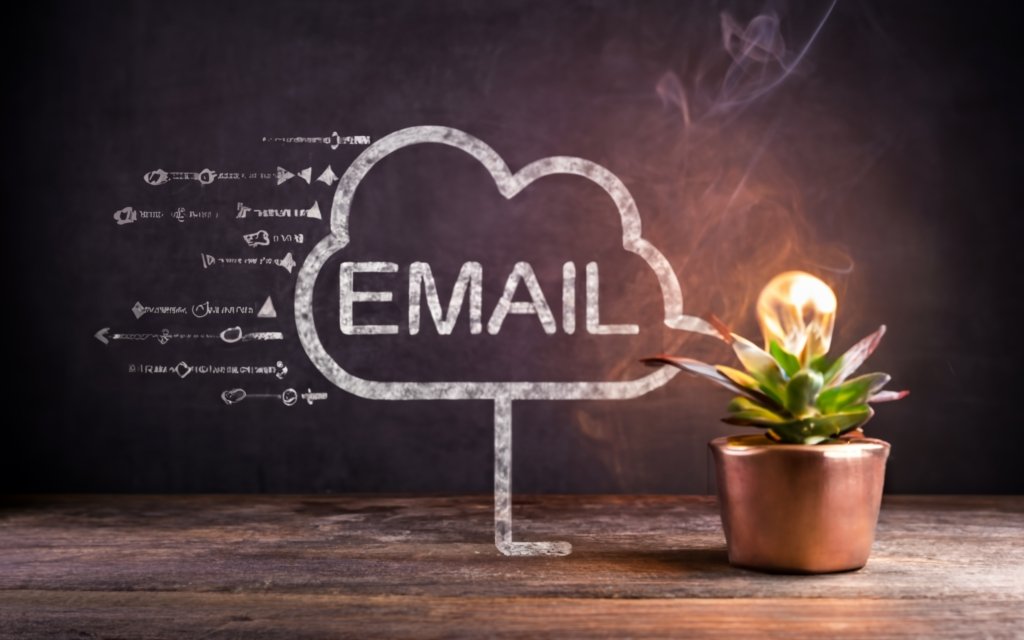
Summary
Email scraping can transform your lead generation and sales process if done properly. Keep these best practices in mind:
- Compile targeted lists by scraping industry websites, directories, social media, and professional networks aligned to your ideal customer profile.
- Verify extracted email accuracy via deliverability checks, domain authentication, and enrichment tools before importing into your CRM.
- Personalize outreach by researching prospects and integrating personalized details into your cold emails.
- Adopt email scraping tools to automate harvesting and focus your time on strategy versus manual exports.
- Be mindful of privacy, avoid over emailing, and maintain strict opt-out policies when reaching out to prospects.
- Dedicate time to properly cleanse, deduplicate, and enrich scraped data before integrating into your CRM and marketing automation platforms.
- Monitor email metrics continuously and keep your prospect records updated by revalidating and removing bounced or unengaged contacts.
- Provide easy opt-out mechanisms in your outreach emails and immediately remove any flagged or blacklisted email addresses.
With a thoughtful approach, email scraping and outreach will become a scalable driver of highly qualified leads, new customer acquisition, and ultimately increased revenue.
Frequently Asked Questions
Is web scraping for emails legal?
In most cases, yes. Scraping public information people have voluntarily listed online is generally legal. However, always respect platforms’ terms of service and avoid sneaky tactics like hacking accounts. When in doubt, manually look up and collect emails one by one.
Does email scraping work for B2B prospecting?
Absolutely. Email is the #1 channel for engaging business decision makers. Compiling targeted lists by scraping industry websites, directories, social media, and professional networks is extremely effective for B2B outreach.
Is buying email lists better than scraping?
Buying lists will rarely produce quality results. Scraping your own custom lists enables you to target ideal prospects and integrate personalized details into your outreach for significantly higher engagement.
How many emails can I scrape without getting flagged as spam?
Aim for no more than 50 cold outreach emails per domain per month as an accepted best practice. Any more frequent communication looks like harassment or spam.
Is scraping LinkedIn legal and safe?
Scraping public LinkedIn profiles is permitted, but automation violates LinkedIn’s terms of service. Use LinkedIn’s official data export tools or manually look up members one by one to stay compliant. Avoid third-party browser extensions or bots.
How often should I re-verify scraped email lists?
Every few months. Employee roles and contact info changes frequently over time. Re-verifying scraped lists quarterly ensures your data stays current and deliverable.
What’s the best way to eliminate duplicate scraped emails?
Invest in a data deduplication tool for your CRM platform or use the native duplicate merging features. This prevents duplicate records from corrupting your lead data.
Is data enrichment necessary if I’m just scraping emails?
Yes. Basic email scraping only provides limited contact points. Enrich with dozens of additional demographic, technographic, and firmographic data points to convert scraped emails into sales-ready prospect records.
What’s the recommended workflow for integrating scraped emails into my CRM?
Follow these steps for optimal results:
- Export scraped emails to a CSV file
- Deduplicate against existing CRM records
- Cleanse and format data as needed
- Enrich with additional prospect fields
- Import into CRM with field mapping
- Configure user permissions
- Monitor data quality over time

